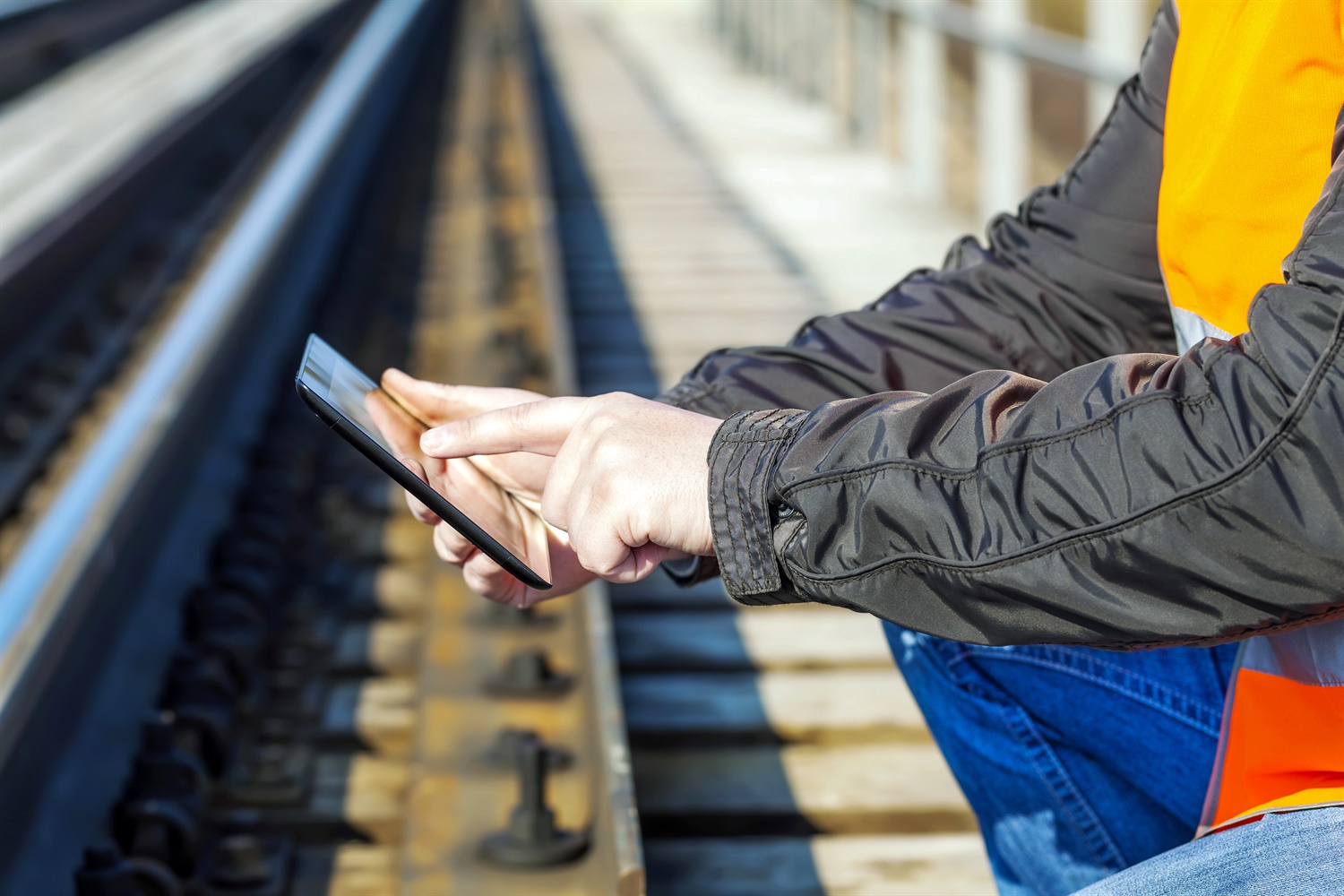30.01.18
Modernising asset data capture
Source: Dec/Jan 2018
David Shipman, innovations engineering manager in Infrastructure Projects Signalling at Network Rail, explains how automation and machine learning are transforming the safety of renewals work on the railway.
In the last issue of RTM we looked at how increased automation is improving safety through reducing the need for people to access the trackside during the project design phase. As we plan and deliver our renewals and enhancement programmes across multiple disciplines, automation allows more people to return home safe from work whilst also improving efficiency and effectiveness.
Intensive automated collection gives us far greater amounts of raw data than we have ever had access to before, but to be truly useful it needs to be turned into meaningful information that can actually form the basis for design. So how do we process all this data, and what more can we do to make it even more useful?
Once video and laser data is captured from our train-mounted systems, it is processed to merge the different streams and make sure that they align in terms of position and time. This already gives us a huge advantage over traditional manual surveys that involve teams of engineers out on the track, finding the assets as they walk through the site and establishing position using manual methods such as measuring distances from the nearest calibration point.
Now, any asset that is observed in the recorded images will be located with highly-accurate, real-world positioning using laser data and 3D positioning systems. But this still involves a human technician working through the video to identify each asset in the first place.
The industry game-changer is to automate the task of scanning through video images and reliably identify our assets. Advanced machine learning is the obvious way to tackle this, but while used with great success in some areas, it’s still a developing solution to the complexity of automatically finding a wide range of object types.
This is because we aren’t looking for cases where something abnormal appears (such as when looking for defects in a top-down view of the rail head before categorising those defects). The drivers’ eye view of the railway contains a lot of ever-changing visual information and we’re trying to find the objects of interest (for example, signals, signs and other equipment) from amongst the countless many artefacts that dominate the image.
As is so often the case, we in the railway world are not alone in facing such challenges. Aspects vary but often the problems being solved in many other industries are rooted in the same underlying principles.
In the case of processing data for signalling design, real-time outputs aren’t critical – a process that takes weeks or months isn’t going to be significantly improved by instantaneous data analysis – but the saving in this processing time is minimal compared to the time we’ve saved by not sending people out to manually survey the track.
Compare this to a self-driving car, one of the state-of-the-art approaches that uses similar machine learning techniques. The car needs to continuously interpret the data it ‘sees’ in order to react to ever-changing situations. This is a different scale of urgency, and making the wrong decision could have immediate repercussions. On the other hand, avoiding an obstruction in the road doesn’t necessarily involve working out exactly what that obstruction is.
The primary need is to avoid it (probably – there’s undoubtedly a bit of oversimplification here!). For our own signalling, and other asset design needs, the benefit can only come from reliably assessing the type and nature of the asset seen. Get that wrong and the whole design process is undermined; ultimately, errors and omissions will almost certainly be picked up through testing activities before the signalling system is ever brought into use, but by this stage the cost of correction is extremely expensive and causes delay. However, despite the different end goals, the techniques and technologies needed are much the same.
 © ilze79
© ilze79
Eliminating the human element
The aim of automating this aspect of the signalling design process, just like removing the driver from the car, is to eliminate the fallible human element, but to do so we need to be sure we’re not replacing it with an even more fallible machine. This means we need machine learning capabilities that find absolutely every asset of interest.
If we’re not sure of that, then someone still needs to manually check through and find the others, and we get no benefit from the automation. Finding false positives – where we identify something wrongly as an asset – also means we have to carry out manual checks, but in this case we’re only checking the list of detected assets to eliminate those false positives, so the automation is still adding a lot of value in terms of time and cost.
Using computer power to detect assets in this way is still a huge challenge for us, but one which promises to take signalling design into an exciting world of advanced machine learning. To do this we will be collaborating with other industries and academics who are undertaking leading research in the field of image recognition, as only together will we unlock the numerous benefits from automation on the railway.
(Top image © majorosl)
FOR MORE INFORMATION
E: [email protected]